The Article
McIntosh MP100 Phono Amplifier: Getting the Right Balance?
23rd November 2017
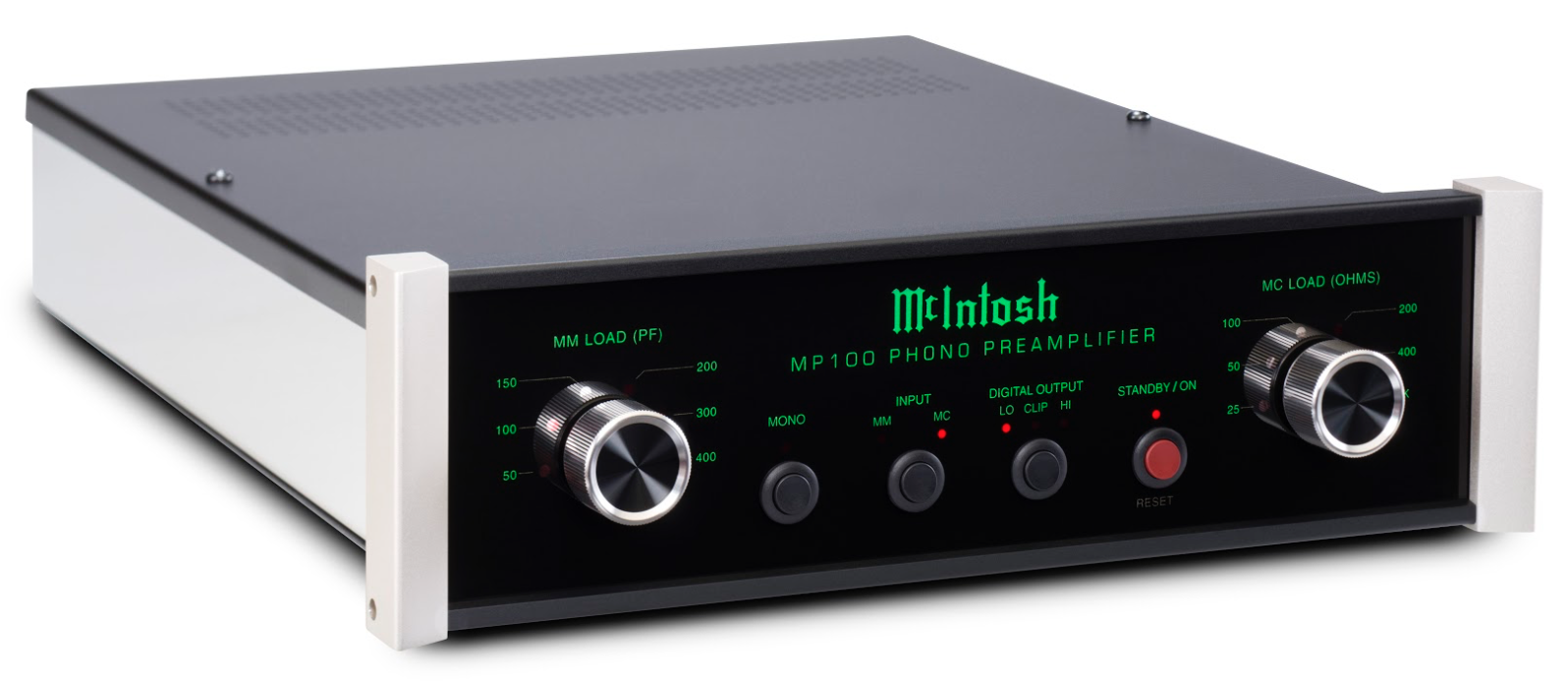
Noted as its “first ever” dedicated phono amplifier, this compact chassis adds an analogue-to-digital converter. Paul Rigby reviews the McIntosh’s MP100
The phono amplifier is one of the most ignored elements in a hi-fi chain. Some almost see it as a box to make up the numbers. Something almost to “make my turntable work”. It is, though, much more than that. In fact, some turntable manufacturers I have talked to actually believe that the phono amplifier is more important than the turntable itself (not the arm or cartridge – the actual plinth and platter bit). Why? Because the phono amplifier is the thing that takes the tiny cartridge signal and then amplifies it. Once done, it hands over that signal to the main amplifier. It’s this process that is critical. If the phono amplifier cocks up this job then you’re entire hi-fi is dead in the water. Your phono amplifier can make or break a musical performance.
This is why the MP100 is such an important product for McIntosh and why it makes so much sense for the company to have one. Why put its faith in other brands when the rest of its products are doing such a good job?
This small form factor phono amplifier handles both moving coil (MC) and moving magnet (MM) signals with a host of cartridge loads on offer. Thank goodness that these tweaks can be changed via easy to use knobs on the front fascia and not via those horrible DIP switches that some manufacturers utilise and tend to hide in inaccessible places around the chassis. The front also features a useful mono switch, standby/on button and digital output with clip indicator (which I’ll get to in a moment). Everything, as usual, glows green when switched on.
Around the back are the usual phono sockets but also balanced XLR outputs. Both MM and MC inputs have their own dedicated sockets and earthing posts which means that the MP100 can utilise two turntables at the same time. There’s also coax, optical and USB ports. A pair of 3.5 mm sockets can take advantage of trigger remote standby and power-up with compatible components. You also get the odd addition of the figure of eight power socket. This is because the power supply is a switch-mode model. Inside are surface-mounted electronics and an ARM processor.
Looking around the front and rear of the chassis, I was interested to see that there was no gain available for users. I asked the company about this and it replied, “The MP100 is a fixed gain preamplifier, the moving coil input gives 60dB gain, while the moving magnet input gives 40dB gain.”
The digital component is not a DAC but an analogue-to-digital converter (ADC). That is, it can be used to ‘rip’ your vinyl to be saved as a digital file. It uses an AKM AK55532VN, 24bit/768 kHz. In the MP100, McIntosh has decided that it can only be used at 24bit/96kHz.
As a brief aside, I talked to US-based Gavin Lurssen at Lurssen Mastering recently. He and his partner Reuben have mastered the new George Harrison 16LP vinyl box set which is out now (you can see more from me on this one in the future, folks). He was saying that nowadays, in digital terms, everything starts at 192kHz and, despite a few dissenting voices in the industry, he can hear the defects below that figure. I can too, from other kit in other sonic circumstances.
Yes, I know the MP100 is not studio quality, I know that it is a consumer-grade box and I know that I’m referring to mastering in a studio but Lurssen’s words are, nevertheless, symbolic and indicative of where we are in 2017, in terms of sound and what is demanded from it. Time has and is moving on. Standards are increasing all of the time and so are expectations. Look around you at other hi-fi kit and just drink in the numbers.
To limit the MP100’s internal ADC to only 96kHz is plain silly and smacks of not wanting to step on the company’s more expensive phono stage, the MP1100 and its ADC spec of 24bit/192kHz. It’s protectionism. Thus, the ADC in the MP100 feels out of date.
Five to 10 years ago, you could have got away with 96kHz. Not now. ADL has offered its GT40 Alpha phono amp for under £400 for two to three years with a 24bit/192kHz ADC built in, its Stratos is similarly specified. Pro-Ject’s Carbon RecordMaster turntable (£549) features a high quality chip with a specification up to 24bit/192kHz or DSD 128.
And then there’s the MP100. We have 32bit/768kHz on the horizon, DSD is already here and McIntosh want to you play with 96kHz PCM only? Its a half-assed joke. Really.
McIntosh need to offer a quality ADC or – better still for the price point – remove it entirely and lower the cost of the MP100 which would solve the nasty exchange rate issues that the USA exporters have been faced with of late (at least to the UK).
But look, I’m griping on here about the ADC which is not the point of the MP100. The phono amplifier is the core technology and the reason most people will buy the thing. So, let’s not fixate too much here. The MP100 looks like a quality piece of kit. Well built with its iconic green glowing hue and a luxurious feel during operation. But what does it sound like?
SOUND TESTS
I love my valves. They form the basis of my reference system. I’m aware of their pros and cons and see them as the best compromise for my perfect sound. The problem I have with many solid state designs, especially in this price range and the reason why I tend to avoid them for reference, is that they often primp and pose. They strut about, boasting and flaunting their tight little bass ends and their buxom mids, “Hey! Listen to this…BAM!!” or “You wanna hear a bit of this? BLAMMO!!” And so on. They tend to over emaphsise. They shout when they should talk. They try to impress a mite too hard…because they can. Like a cheap surround system.
The great thing about the MP100 is that it only ever exhibits its potential. It’s the demure Victorian lady of solid state phono amplifiers. You are attracted to its possibilities. It knows it can offer power, it knows it can knock you flat on your back if it wants to but, to the relief of your ears, it neglects to do that. What is does instead is offer clarity, delicacy and a sense of élan. Instead of power, it provides confidence. Instead of brashness it gives you elegance.
I played 10cc’s classic hit single, I’m Mandy, Fly Me from the LP How Dare You! and was impressed by the low noise presentation of the unit. To such an extent that I needed to increase the gain by two pre-amp notches to achieve the same volume. Along with the stripping of noise came the improvement in transparency and lucidity. Eric Stewart’s lead vocal emerged from the stereo image. Moving towards me by a foot but retaining a welcome 3D image. The improvement in his diction because of the lower noise added a further comprehensibility to the music.
The magnificent acoustic guitar strumming symphony mid-way through the song was dynamically impressive with a strength that pinned me to my seat and a midrange insight that conveyed the effort the band were putting into the down-strokes of each guitar strum.
Instrumental separation was also another by-product of the lowering noise with the rhythm guitars and the normally shy background synth line more ‘visible’ to the ear, giving the soundstage a rich and full presence.
This is a solid state box, yes? So bass must be strong, dominant and must hit you over the head, yes? Well, no actually. Bass was strong, that’s true and the underlying bass guitar provided a real presence, adding a welcome balance to the track but the lower frequencies didn’t dominate or swamp the soundstage while its tonal balance was retained. No ‘digital’ edge here, often an issue with enthusiastic solid state technologies. The MP100 was a perfect guest. Polite and well behaved but also contributed fully to the party in a wholly positive manner.
That was the unbalanced view. I then tried the balanced outputs using the same source. Which is where the MP100 came alive! The difference between unbalanced and balanced was a real eye-opener. Apart from the slight increase in volume which forced me to knock that gain down now by those two notches, imagine a live setting and hearing a talented chap playing an electric guitar without the amp for a while and then he plugs it in and there, you have a large, impressibly solid, massive presence. That was the balanced version of the MP100.
That presence remained well behaved but was also truly commanding, imposing and commanding. Each and every instrument sounded so much more grown up, solid, grounded and full in terms of its presentation while minor details were strikingly definite and ‘meant’. The utter confidence was jaw dropping. Strummed guitars were a crafted event, a drum beat was an organic creation while the vocals oozed emotion and, in harmony, were lush and sumptuous.
One of the features that I missed because the instructions where buried in the manual (I would have liked to have seen a separate and clear sub-head on this important instruction in the manual) was that digital can be turned on and off. Keeping the digital button pressed for several seconds turns this unit off completely.
The McIntosh designers were kind enough to send me a comment to this effect, “McIntosh wanted to add a feature that some dedicated users may take advantage of while remembering there are ‘pure analog’ users out there. For this reason, the digital outputs can be completely disabled and powered down by the user for pure analog use.” Which is admirable.
They also commented that, “…when measuring audio specs, when digital was off/on, there were negligible differences.” I have the utmost respect for McIntosh and its design team and love them all like brothers but this comment is wrong. We both agree that there are differences but I would disagree strongly with the word “negligible”.
Yes, it depends on the quality of your hi-fi and the room but I could hear an obvious lowering of noise with digital disabled. Enough for me to strongly recommend that the phono amplifier section of the MP100 – when merely playing vinyl and not utilising the ADC – should only ever be used with the digital TURNED OFF. Once disabled, there was a definite extra focus with vocals emerging from a previously slightly muffled background, guitars added precision and drums added an extra element of energy. There was also a reduction of midrange smear in the lower section of the soundstage which gave the illusion that the soundstage had been elevated by a foot. It was an illusion but the cleaning up process offered an extra clarity to the overall presentation.
Turning to the MM outputs, I plugged a Rega P3 using a Goldring E3 cartridge into the rear and, after lowering the gain to compensate, was very happy with the result. Although, if you have two turntables (MC and MM) plugged into the rear of the MP100, things can get rather crowded, cable-wise. I was all fingers and thumbs in there for a minute, finding it tough to get a grip and tighten the Earth knobs. That said, the low noise aided the Goldring’s excellent detail retrieval while the clarity afforded to the Rega was highlighted well by the MP100.
Switching back to MC and a slice of jazz now via Betty Carter singing Most Gentlemen Don’t Like Love on Pure Pleasure’s pressing of the LP, Now It’s My Turn, Carter’s low register delivery was both smooth and nuanced as she used her voice like a jazz instrument, twisting and manipulating it with the right angled movements of the backing band. The MP100 not only kept pace but extracted detail and subtlety from her performance, giving the ear a roller-coaster ride of breath-taking ability from this talented singer. Meanwhile, percussive cymbal taps were clear, focused and fragile in tone and the writing piano was detailed, effusive yet precise, filling the song with a swirl of secondary rhythms and alternative melodies that complemented the vocal well. The bass, meanwhile was subtle yet strong, offering a foundation that was brisk, allowing the song to move swiftly. The lower frequencies never dragged, never slowed or smeared.
CONCLUSION
Easy to use with its front fascia controls, because of its excellent sonic capabilities the MP100 provides good value for money. A relatively small footprint chassis, the fully featured MP100 offers a low noise, mature and detailed sound from its unbalanced outputs that is drastically enhanced by a confidant and grand, yet equally low noise, output when connected to the balanced outs. For many users, the MP100 will be the only phono amplifier they will ever need.
MCINTOSH’S MP100 PHONO AMPLIFIER
Price: £3,000
Tel: 01202 911886
Website: www.jordanacoustics.co.uk
GOOD: precision, low noise, open mids, glorious balanced performance, easy to use, compact design
BAD: A/D convertor: it’s performance and very existence
RATING: 8
REFERENCE SYSTEM
Origin Live Sovereign turntable
Origin Live Enterprise 12″ arm
Transfiguration Proteus cartridge
Icon PS3 phono amplifier
Leema Elements CD Player
Aesthetix Calypso pre-amp
Icon Audio MB845 Mk.II monoblock amplifiers
Quad ESL-57 speakers with One Thing upgrade
Vertex AQ & Tellurium Q cables
Blue Horizon Professional Rack System
Harmonic Resolution Systems Noise Reduction Components
All vinyl was cleaned using an Audio Desk’s Ultrasonic Pro Vinyl Cleaner

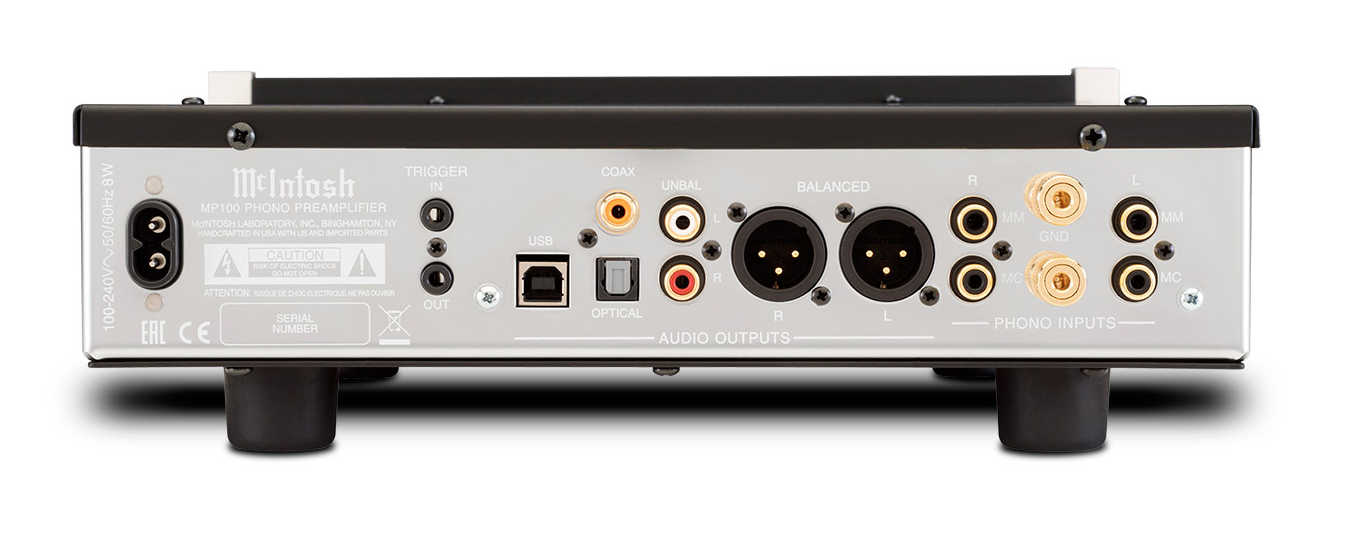
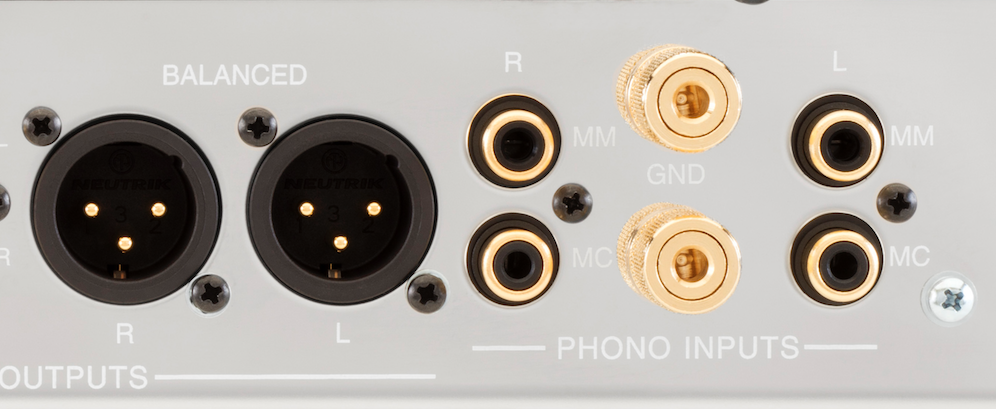
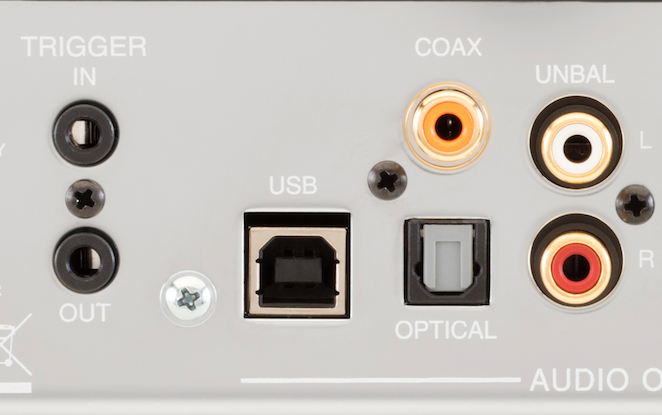
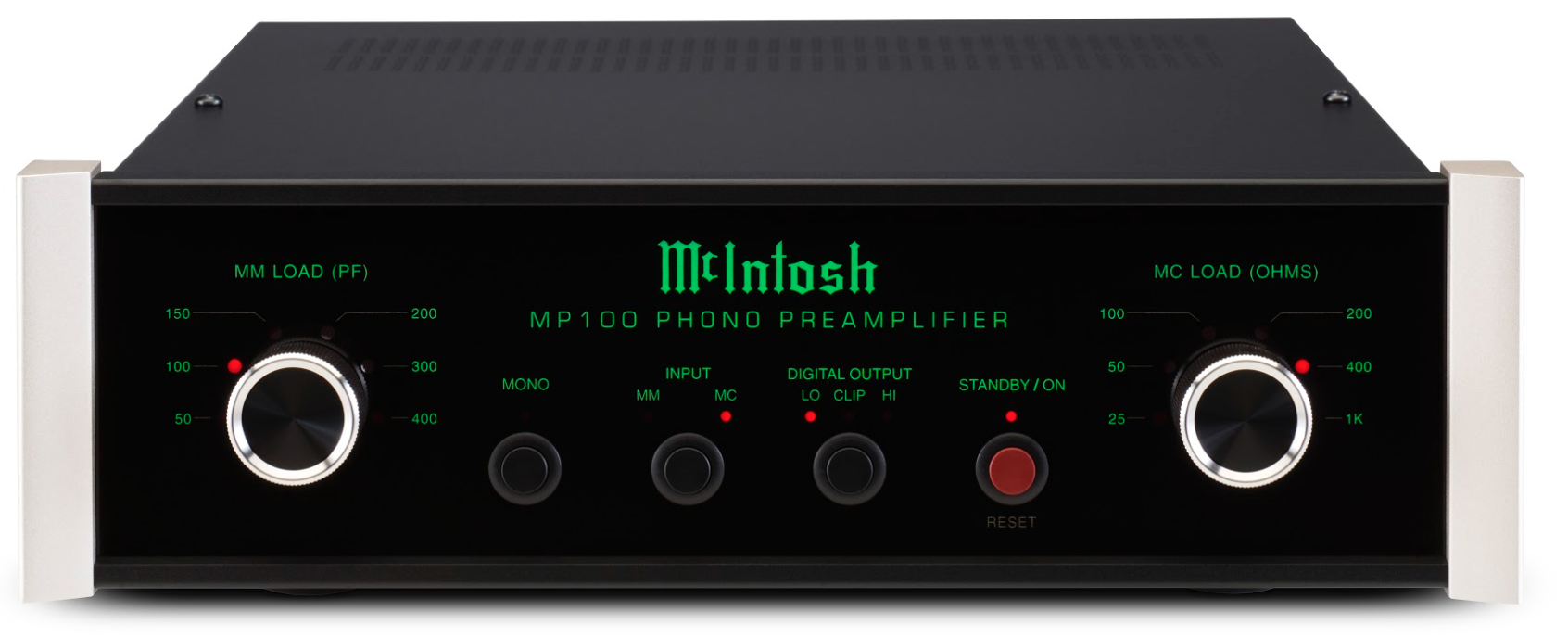
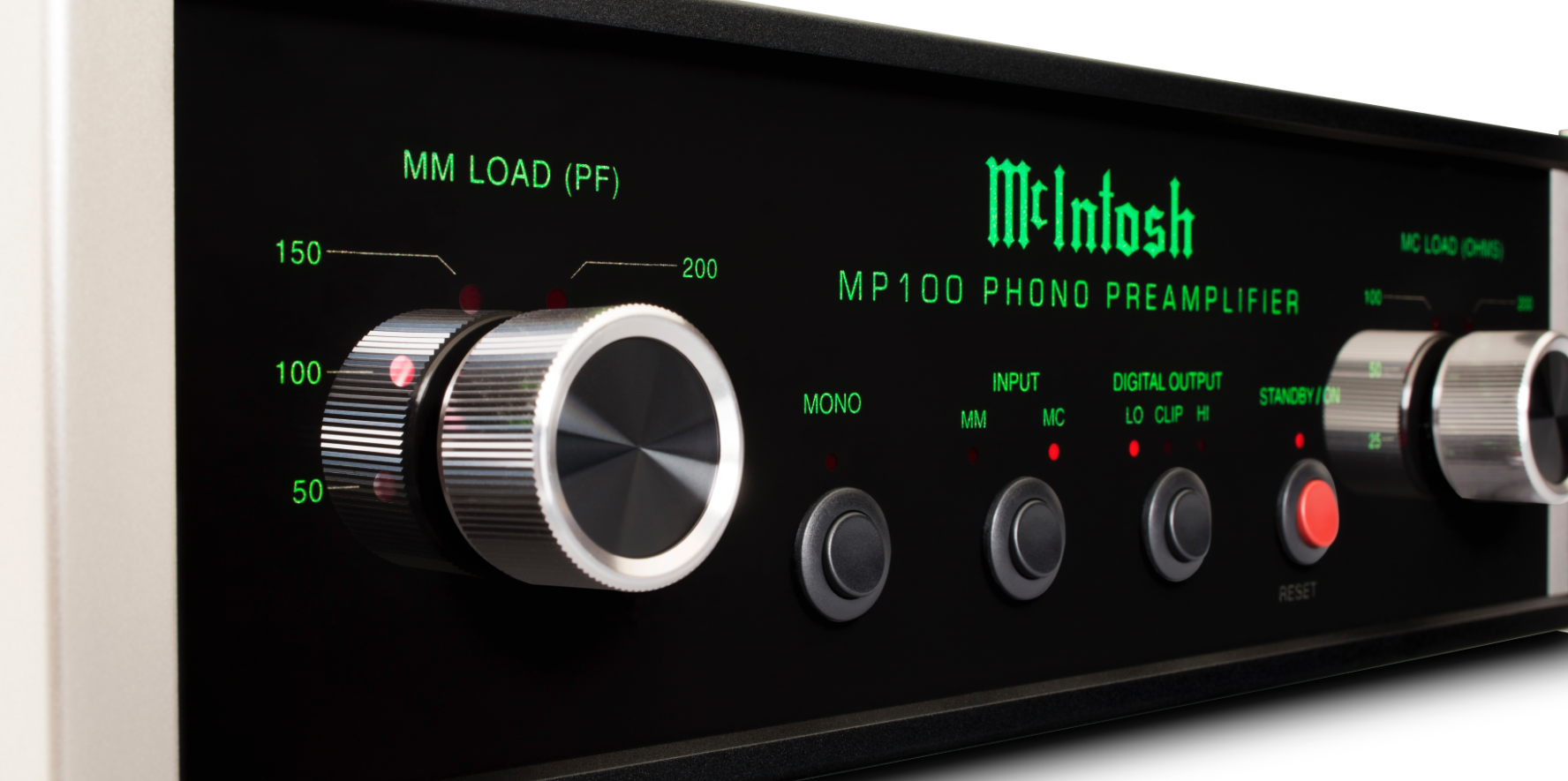
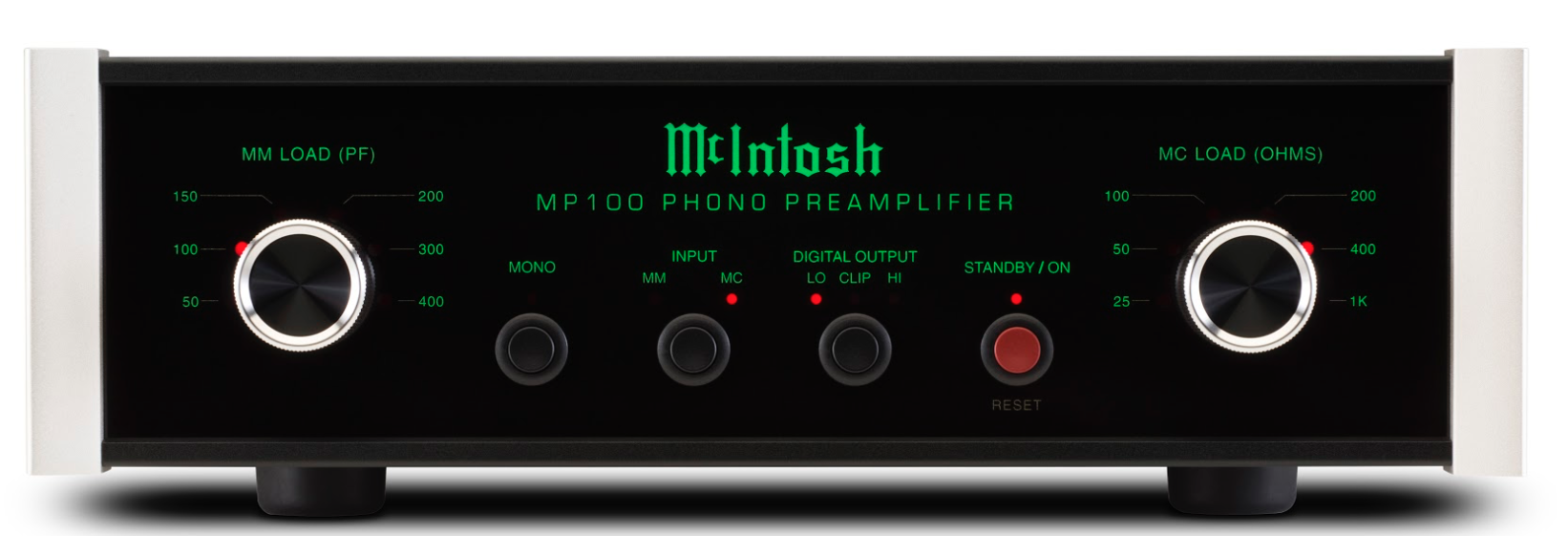
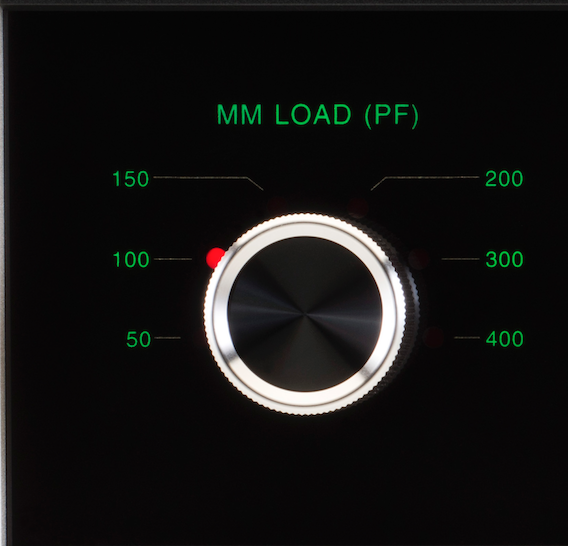
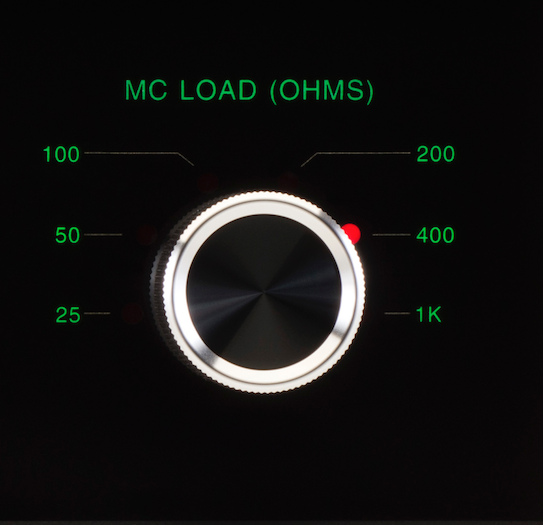

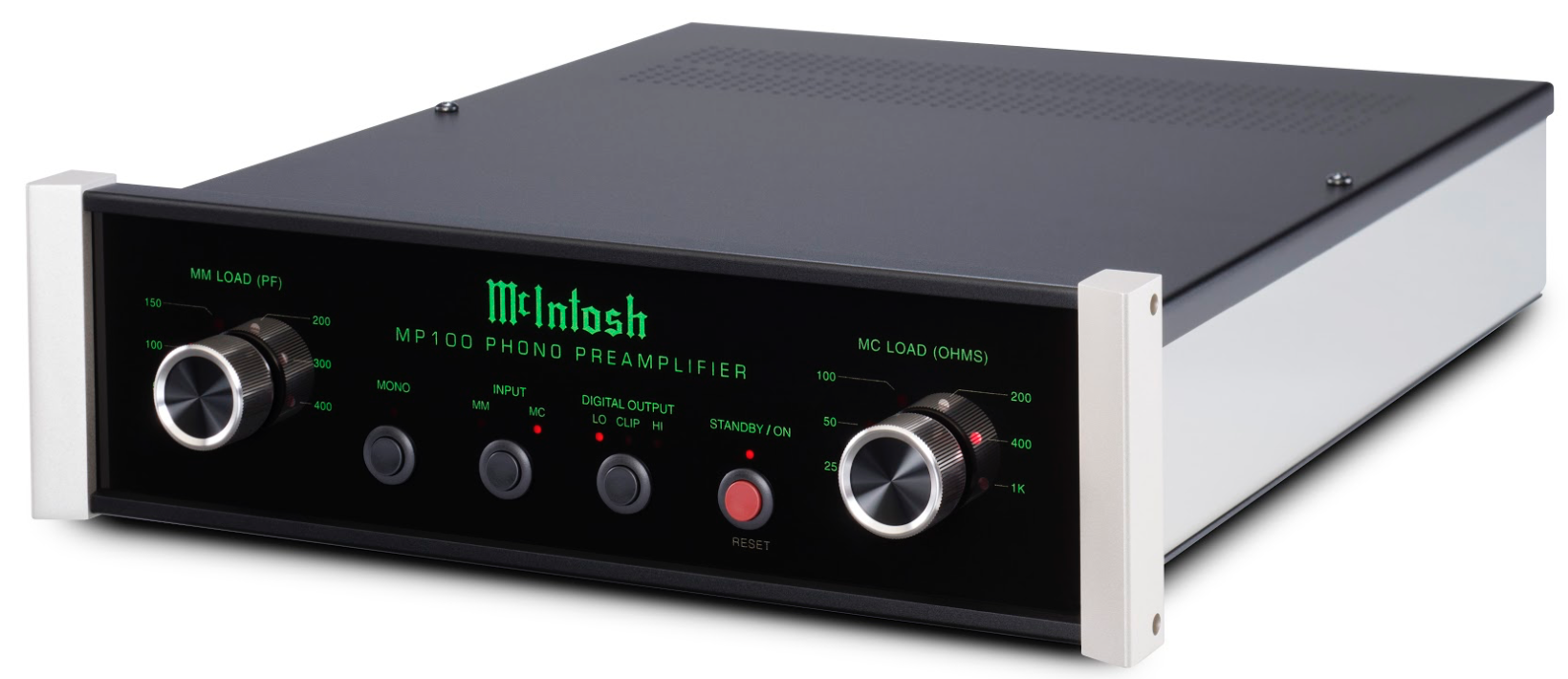



Lovely review! Interesting views on tubes and solid state. Don’t get the adc either. Just the phono amp for a grand less and it would sell like hot cakes.
Thanks for your kins words, Geoffrey.
Paul:
A bit bitchy! At the end-of-the-review, the MP100 served its purpose; what you opined what it didn’t, just gave you the chance to whine, and whine you did. This is not complimentary! It is a malaise that is becoming more prevalent as the educational level of audio reviews manifests themselves: no class; no presentation, and ultimately, just the usual dismissals.
Thanks for your comment, Everyman. Are you referring to my A/D references? My job is to review the product and I hope I did just that. This includes highlighting the pros and cons. To my mind, the A/D was a problem because of its inherent performance and how it affected the phono amplifier which was, after all, the main meat of the product. Nevertheless, I did love the core sound and gave the product an award-winning rating.
Hi Paul – thanks for a very clear review. I see that your reference system at the time you wrote it included the Icon Audio PS3 phono stage. How would you compare the signature and strengths of both ? Turns out I’m looking at 3 models in the same price range – these two plus the Unison Research Phono One. Thanks in advance for your reply. (Also, for what it’s worth I agree that the ADC in the Mac is neither here nor there. At least it can be disabled, but it would have been much better to include it as an option.)
Hi Michel – both are close in performance terms. It’s tough to decide, to be honest. I would look at other factors to swing a purchase: facilities on offer, aesthetics, bias. That is, if valves are ‘your thing’ as they are mind then the PS3 might edge it in general valve delicacy terms while the balanced connection is needed here to really make the 100 sing.